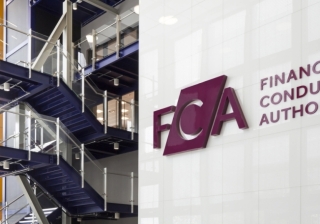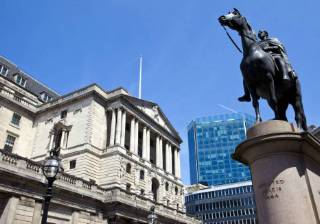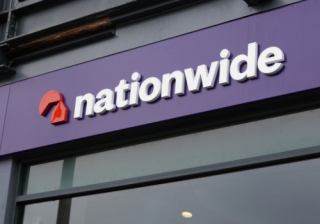Why it pays to be positive about seconds in 2021
It would be something of an understatement to say that 2020 was a challenging year for those of us operating in the second charge market.

"The appeal of the second-charge mortgage never disappeared - if anything they may now have been strengthened in the current environment."
Unsurprisingly, the market was impacted severely particularly by Lockdown 1 and further as the pandemic took hold through the year, however the recovery of the seconds market in the second half of the year particularly is a firm indication of just how strong the market really is, and why there is reason for optimism for the months and years ahead.
New figures from the Finance & Leasing Association (FLA) demonstrate this perfectly. At first glance, it makes for worrying reading, with the data showing that in the 12 months to November 2020, the number of new second charge agreements was down by 36% on the same period the year before, while the value of new business was down by almost 40%.
However, that clearly doesn’t tell the whole story; business levels in November 2020 were up on the preceding months. In fact, the value of new business in November was up by 10% on October and by more than 33% on September. That’s hugely encouraging, and we know from our own activity that this momentum has continued through December and into the new year.
In other words, while the market has gone through an incredibly tough time, the activity since the summer suggests we may just have turned the corner. So why are the prospects for the second charge mortgage market so positive?
For starters, the appeal of the second-charge mortgage never disappeared - if anything they may now have been strengthened in the current environment.
Just think: how many of your clients may want to borrow in order to carry out home renovations - converting that unused garage into a home office for example - but don’t want to touch that attractive fixed rate you found for them? Working from home, at least for part of the week, is going to be here for some time to come and there are thousands of people up and down the country working out how they can get more out of their existing home.
A second-charge mortgage could be just the answer.
And then there’s debt consolidation. There’s no escaping the fact that the turmoil of the pandemic has wreaked considerable havoc on many people’s finances, from furlough and job losses to those self-employed clients who find their businesses in a very different position than this time a year ago. The ability to bring their borrowing together into a single, manageable loan will undoubtedly be a compelling one for an awful lot of borrowers.
The lender landscape is also a big positive as we enter the new year. While some lenders had to step back from the market in the first half of last year, we are seeing a much more attractive picture today, with no shortage of options for clients looking for this form of credit.
The products themselves are becoming more eye-catching too, with rate cuts and improvements to aspects like the maximum loan-to-values on offer.
One knock-on effect of the pandemic has been the way that it has forced all of us to re-evaluate how we use technology, and experiment with ways it can improve our existing ways of working.
That’s as true for lenders as it is for those of us in the distribution space, and thankfully lenders are rising to the challenge. We are seeing lenders embrace new ways of utilising that technology which have the potential to significantly improve how quickly applications are assessed and ensure we can get those funds in the borrowers’ hands much faster. There’s clearly plenty of room for improvement still, but the early signs are promising.
The last 12 months haven’t always been a lot of fun, but there are reasons to believe that the lessons of the last year will leave the second charge market in a healthier position than before the pandemic.
Breaking news
Direct to your inbox:
More
stories
you'll love:
This week's biggest stories:
FCA
Firms required to report complaints involving vulnerable customers under simplified FCA rules

FCA
FCA sets out timeline for mortgage rule changes

Santander
Santander joins mortgage price war with new rates from 3.51%

Inflation
Bank of England set to cut rates as inflation falls to eight-month low

This week's biggest stories:
FCA
Firms required to report complaints involving vulnerable customers under simplified FCA rules

FCA
FCA sets out timeline for mortgage rule changes

Santander
Santander joins mortgage price war with new rates from 3.51%

Inflation
Bank of England set to cut rates as inflation falls to eight-month low

Nationwide
FCA fines Nationwide £44m for inadequate financial crime controls

FCA
FCA announces new measures to support growth of mutuals sector
